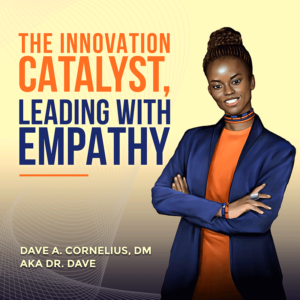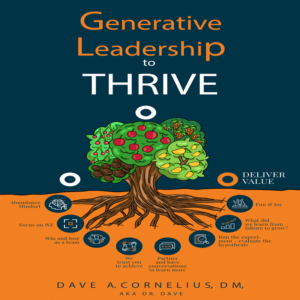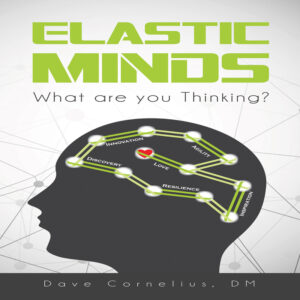Designing Thinking Course
Design Thinking - Product Design
Design Thinking is an iterative process in which we seek to understand the user, challenge assumptions, and redefine problems in an attempt to identify alternative strategies and solutions that might not be instantly apparent with our initial level of understanding.
The iterative process includes the following steps:
- First, begin with Empathy to Gather inspiration to learn about the customer.
- Second, Ask key questions of yourself and customers to help define the problem. This include your users’ needs, their problem, and your insights
- Third, Generate as many ideas possible by challenging assumptions and creating ideas for innovative solutions
- Fourth, make ideas tangible by creating protypes. There are no limits to the prototypes but a timebox is helpful
- Fifth, Test ideas and gain user feedback
Human Centered Design
Human Centered Design Starts with the people you’re designing for and ends with new solutions that are tailor made to suit their needs.
Human-centered design consists of three phases.
- The Inspiration Phase you’ll learn directly from the people you’re designing for as you immerse yourself in their lives and come to deeply understand their needs.
- The Ideation Phase you’ll make sense of what you learned, identify opportunities for design, and prototype possible solutions.
- The Implementation Phase you’ll bring your solution to life, and eventually, to market.
You’ll know that your solution will be a success because you’ve kept the very people you’re looking to serve at the heart of the process.
Key items of human centered design include:
- Applied along with Design Thinking
- Make products relevant and beneficial
- Understands the goals of people
- Demonstrates people needs are being met
- Have a long-term impact
© 2024 IMERSHEN All rights Reserved.






